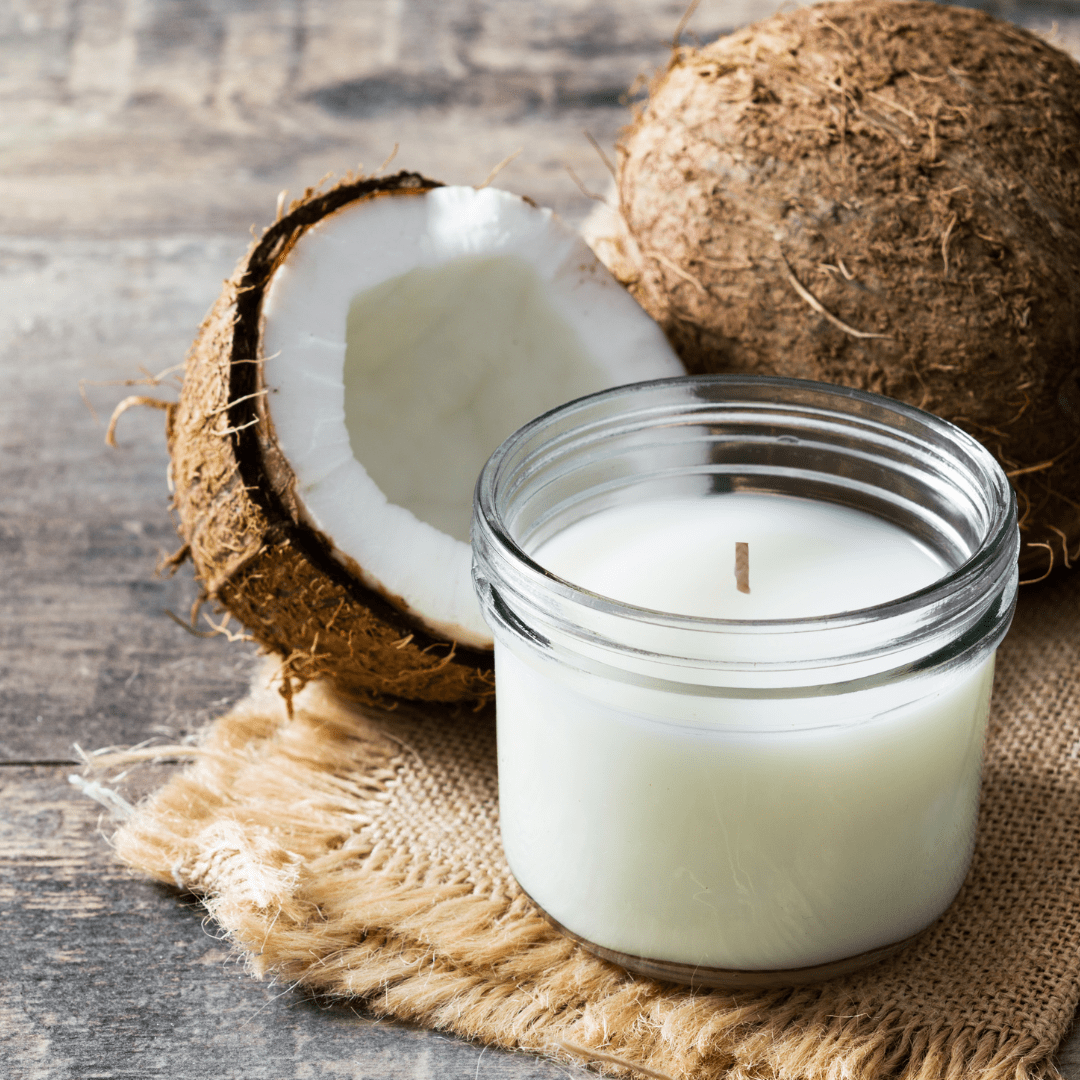From Wick to Wax: Comprehending the Chemistry Behind Soy Wax Candles and Their Environmental Effect
As we illuminate our spaces with the cozy radiance of candles, there lies a realm of intricate chemistry behind the seemingly easy act of lighting a soy wax candle light. Join us as we untangle the scientific details behind soy wax candles and explore their effects on our atmosphere.
Soy Wax Vs. Paraffin Wax
When contrasting soy wax and paraffin wax for candle light production, it is important to understand the unique characteristics and advantages of each product. Soy wax is an all-natural, renewable source stemmed from soybean oil, making it environment-friendly and eco-friendly - crystal soy candles. In comparison, paraffin wax is a result of petroleum refining, which raises worries concerning its ecological effect and sustainability
Soy wax candle lights melt cleaner and emit less residue contrasted to paraffin wax candle lights, making them a much healthier selection for interior air quality. Furthermore, soy wax has a lower melting point, permitting a longer-lasting candle that distributes fragrance much more effectively. Paraffin wax, on the other hand, has a tendency to burn faster and less easily, possibly launching harmful chemicals right into the air.
From a sustainability viewpoint, soy wax is preferred for its biodegradability and renewable sourcing, aligning with the expanding customer choice for environmentally conscious items. While paraffin wax has been a traditional choice in candle light making as a result of its cost and convenience of use, the change towards green choices like soy wax is obtaining energy in the industry.
Chemical Make-up of Soy Wax

Burning Refine in Soy Candles
The chemical composition of soy wax More hints straight affects the combustion process in soy candle lights, influencing elements such as shed time, scent launch, and ecological effect. When a soy candle is lit, the warmth from the fire thaws the wax near the wick.
The combustion efficiency of soy candle lights is influenced by the pureness of the soy wax and the top quality of the wick. A clean-burning soy candle with an effectively sized wick will create a constant flame and decrease soot development. This not just extends the melt time of the candle yet also improves the launch of fragrances. In addition, soy wax candles have a reduced environmental influence compared to paraffin candle lights due to their eco-friendly and naturally degradable nature.

Environmental Benefits of Soy Wax

Thought about a lasting option to traditional paraffin wax, soy wax supplies notable ecological advantages that make it a preferred choice among eco-conscious customers. Soy wax burns cleaner and produces less residue than paraffin wax, adding to better interior air top quality and minimizing the demand for cleaning and upkeep. Generally, the environmental advantages of soy wax straighten with the growing demand for sustainable and environmentally friendly products in the market.
Recycling and Disposal Factors To Consider
Reusing and proper disposal of soy wax candles play an essential function in keeping ecological sustainability and minimizing waste in communities and homes. The very first step is to make sure that the candle has shed totally when it comes to reusing soy wax candle lights. This can be attained by permitting the candle light to melt till the wick is no much longer usable, and after that allowing the continuing to be wax cool and strengthen. Once the wax has solidified, it can be thoroughly eliminated from the container.

In terms of disposal, if recycling is not an option, soy wax candle lights are naturally degradable and can be safely thrown away in a lot of family waste get more systems. It is always suggested to check with regional reusing facilities or waste monitoring services for specific guidelines on candle disposal to make certain appropriate handling and environmental defense.
Conclusion
In conclusion, the chemistry behind soy wax candles discloses their environmental advantages over paraffin wax candles. Soy wax, derived from soybean oil, burns cleaner and produces less soot when compared to paraffin wax.
When contrasting soy wax and paraffin wax for candle light production, it is necessary to recognize the unique characteristics and benefits of each product (crystal soy candles).Soy wax candle lights shed cleaner and produce less soot contrasted to paraffin wax candle lights, making them a healthier choice for indoor air high quality.Taken into consideration a lasting choice to typical paraffin wax, soy wax offers noteworthy ecological advantages that make it a popular option amongst eco-conscious consumers. Soy wax burns cleaner and creates less residue than paraffin wax, contributing to better indoor air top quality and decreasing the requirement for cleaning and upkeep.In verdict, the chemistry behind soy wax candle lights discloses their ecological advantages over paraffin wax candle lights
Comments on “Shop Sustainable Soy Wax Candles and Home Fragrance Collections”